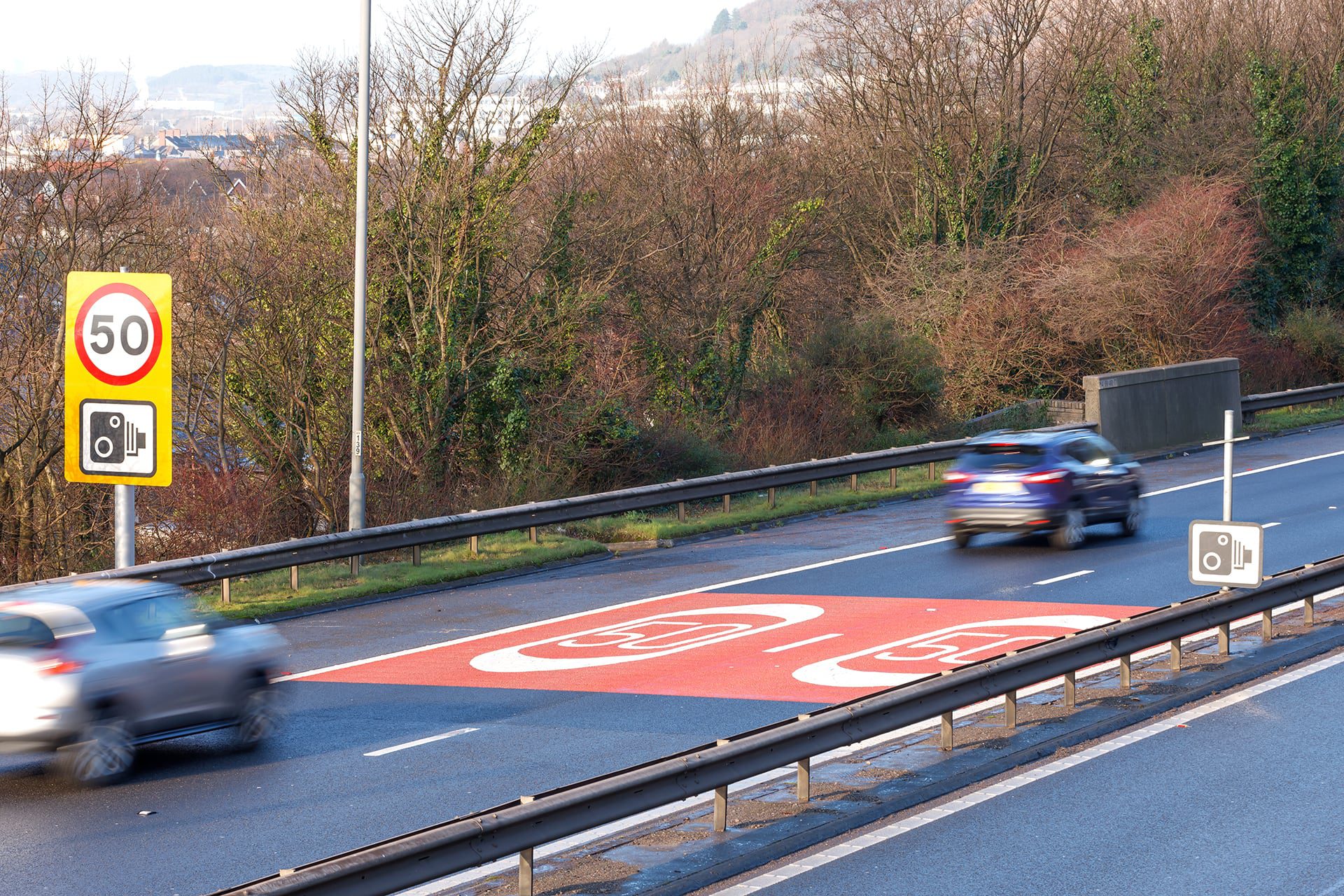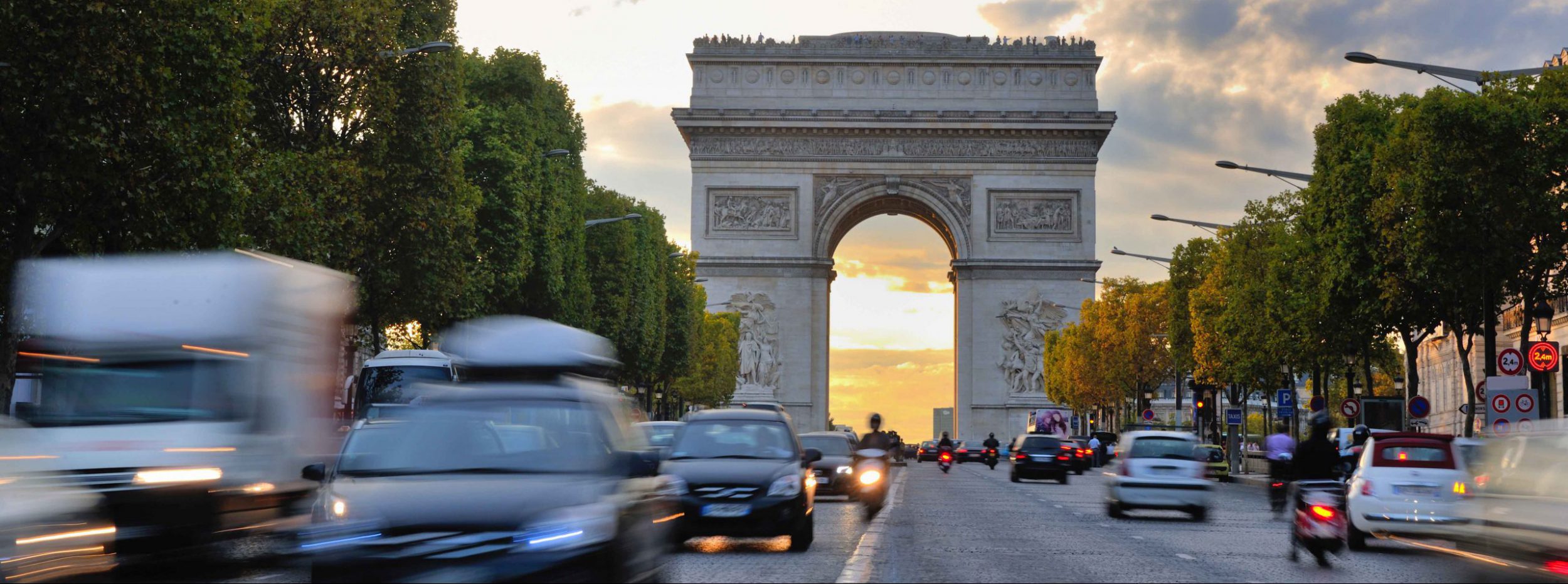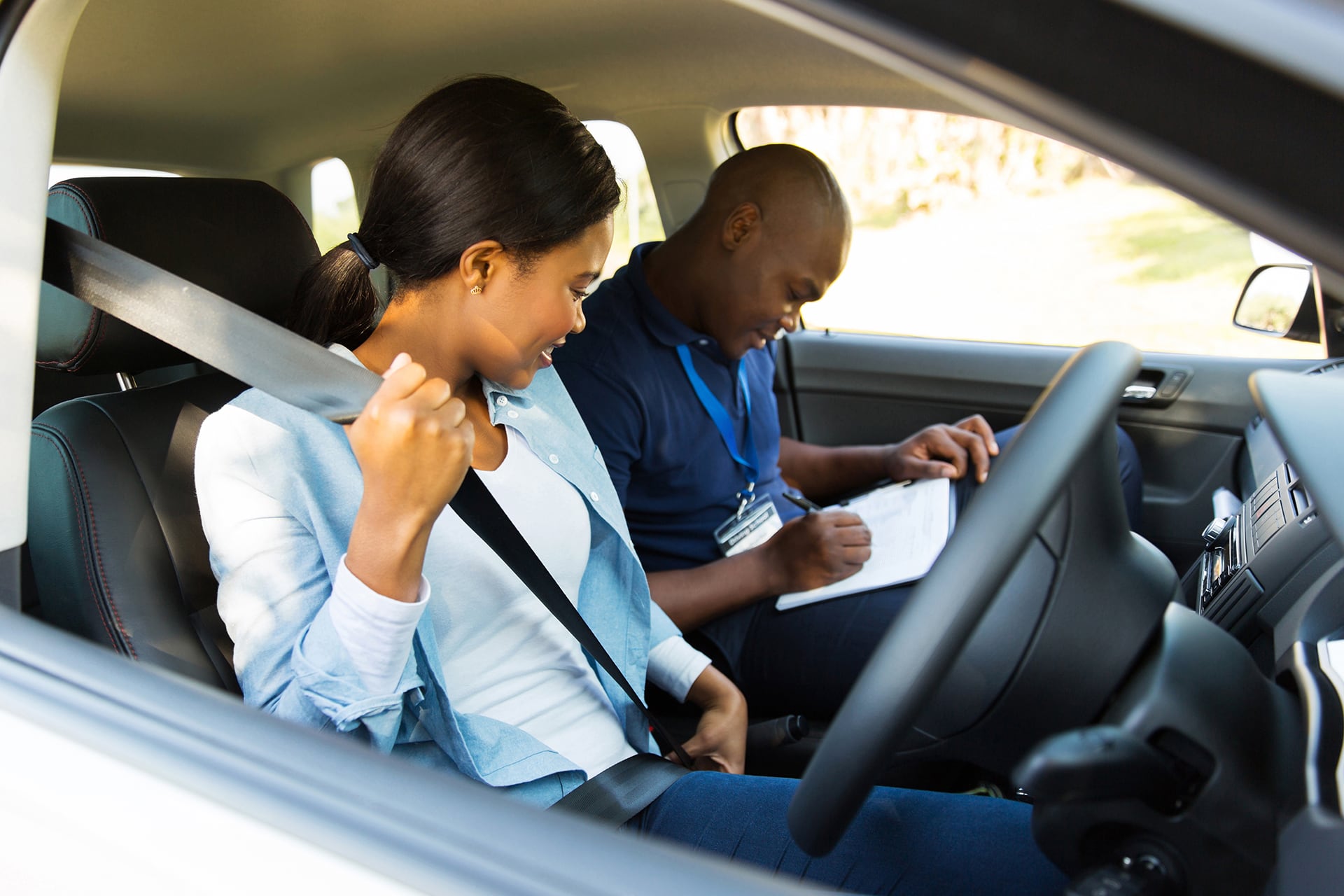Road safety charity Brake reported that travelling too fast or exceeding the speed limit was a contributory factor in 25% of road deaths in 2022, showing just how important it is to manage your speed on the road. To mark Road Safety Week (19-25 November), we’ve pulled together a go-to guide about speed limits in the UK. Here’s what you need to know.
What are speed limits and why are they used?
UK speed limits are used to set the legal maximum speed for vehicles to travel at. They’re determined by National Highways on the trunk road network and by local traffic authorities on the local road network. When proposing changes to speed limits, the parties involved consider factors such as the history of collisions, as well as the road function, layout, and engineering.
UK speed limits were introduced in 1861 under the Locomotives on Highways Act. In this first instance, it limited vehicles to 10mph. Today, speed limits are higher due to technological advances in the automotive industry, better road conditions and more effective traffic management. They also vary greatly, so drivers need to be clued up on the differences.
What is meant by the national speed limit?
There isn’t one national speed limit for every road in the UK. One major example of this is the national speed limit sign, which is the white circular sign with a black line running diagonally across it. When you see this sign, your response will depend on the type of road you’re driving on. For instance, if you’re on a dual carriageway, the national limit is 70mph for cars and motorbikes. If it’s a single carriageway, the speed limit is 60mph.
There are also variations depending on the type of vehicle you are driving and other conditions. For example, on main roads, the speed limit for vans is typically 10mph less than cars. Similarly, cars towing caravans or trailers will follow different speed limits on single carriageways, dual carriageways, and motorways.
The national speed limit in the UK tends to be different to those in other countries. For example, there is no speed limit on parts of the autobahn in Germany.
What are the speed limits on different types of roads in the UK?
What is the speed limit in urban areas?
Generally, the speed limit in built-up urban areas is 30mph, unless the road signs tell you otherwise. This tends to be the case in residential areas too. However, the statutory speed limit on Welsh restricted roads was reduced from 30mph to 20mph in September 2023.
What is the single carriageway speed limit?
The national speed limit for a car on single carriageways is 60mph, whereas for vans, this is 50mph.
Having said this, you should always check the speed limit on road signs. Sometimes, local councils reduce these limits to keep road users safe. It may be in an area prone to more road accidents, for instance.
What is the dual carriageway speed limit?
The national speed limit for a car on dual carriageways is 70mph. For vans and cars towing trailers or caravans, it’s 60mph.
What is the motorway speed limit?
The national speed limit for cars or vans travelling on motorways is 70mph, unless you’re towing a trailer, in which case it should be 60mph. Statistically speaking, motorways are the safest roads in the UK as everyone travels in the same direction.
Variable speed limits on smart motorways
Many motorways in the UK are smart motorways, although plans to build more have been scrapped. Smart motorways are stretches of motorway that use traffic management methods such as variable speed limits and cameras to reduce congestion and keep traffic moving as smoothly as possible. Standard speed limits on motorways apply, unless a different speed is signalled using the display boards.
For example, if an accident has taken place, the speeds may reduce over a set distance to slow down the traffic until it passes the area where the accident took place. If no variable speed limit is displayed, then the standard national speed limit applies. The presence of cameras means drivers could be caught speeding and fined more easily.
Do I need to meet the speed limit?
Although speed limits represent the maximum speed that can be driven on that road, this doesn’t mean you always have to meet this speed as it may be safer to drive at a slower speed in certain conditions.
Driving in adverse weather conditions, such as in heavy rain or icy conditions, means you should drive at a slower speed using gentle braking and acceleration. You should approach bends with caution, as the chances of losing control of the vehicle is higher.
Stay covered with car insurance from Dayinsure
Unfortunately, road accidents do happen, even if you carefully follow UK speed limits. It’s important that you have sufficient car insurance in place so that you’re covered in the event of an accident. This includes when you’re driving as a one-off or for business.
In these instances, you’ll need short-term car insurance. Dayinsure is one of the UK’s leading providers of short-term car insurance. Find out what past customers have said on Trustpilot, where we have over 45,000 five-star reviews. We offer comprehensive cover from one hour up to 30 days.



